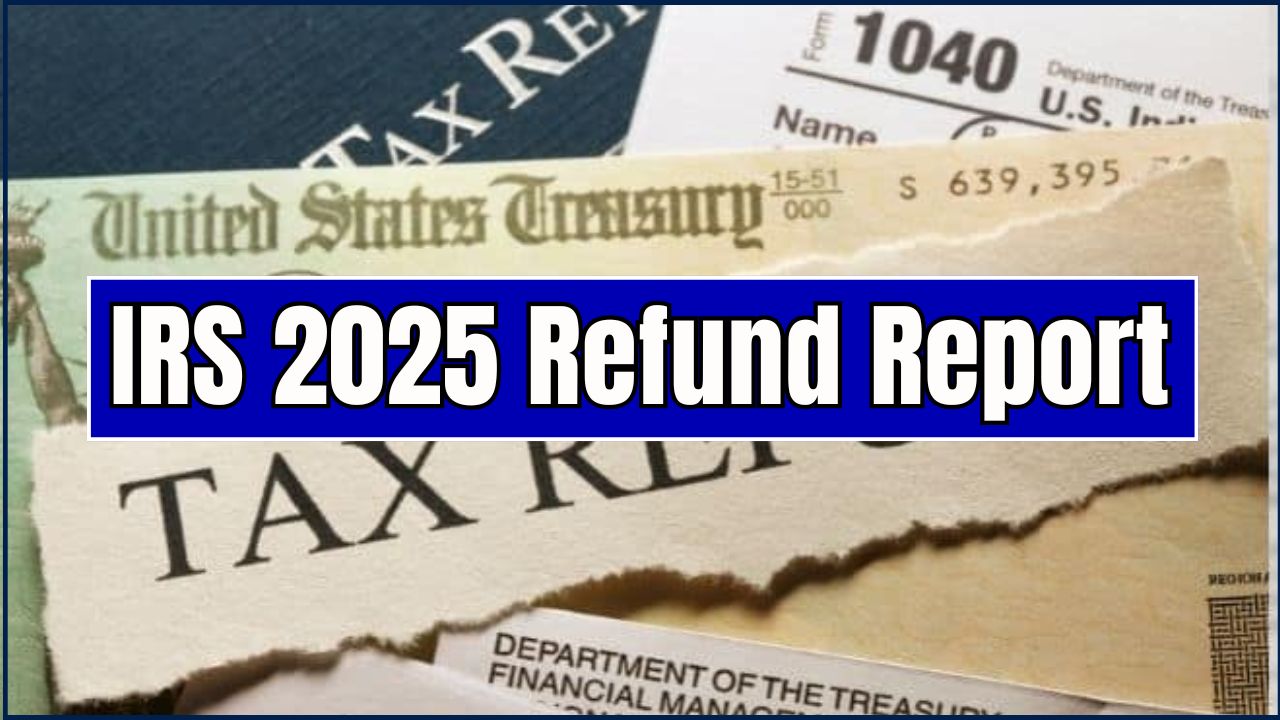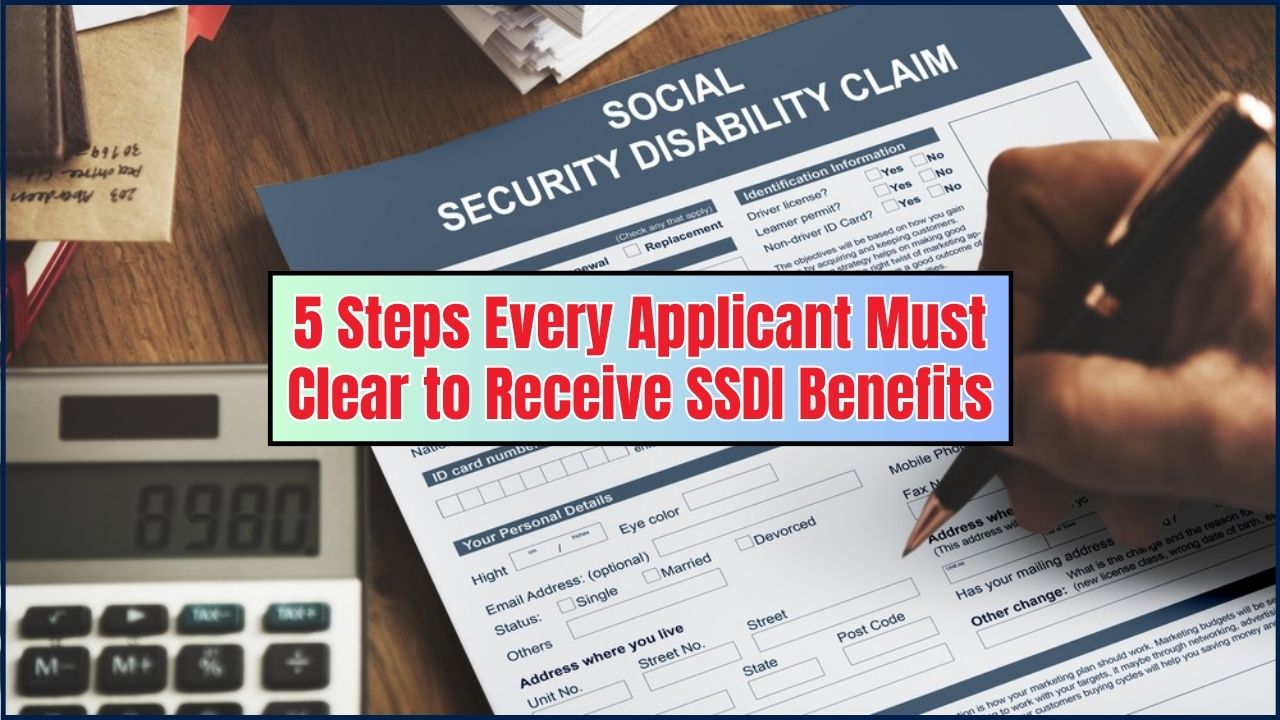If you’ve ever wondered how Social Security works in the U.S., you’re not alone. Social Security secrets—like the fact that just 10 years of work can unlock a monthly check—often surprise even financial pros. Whether you’re a young worker, a mid-career hustler, or already eyeing retirement, understanding this rule could make a big difference in your future planning.

Social Security isn’t just another government program; it’s the bedrock of retirement security for millions of Americans. According to the Social Security Administration (SSA), over 67 million people receive monthly benefits, and retirement checks account for 90% of income for about one-quarter of elderly beneficiaries. That’s why knowing the basics—like how long you need to work to qualify—is crucial.
Social Security Secrets
| Key Point | Details |
|---|---|
| Work Credits Needed | 40 credits (about 10 years of work) |
| Max Credits Per Year | 4 |
| Credit Value in 2025 | $1,810 in earnings per credit |
| Average Retirement Check | $1,907/month (2025 est.) |
| Benefit Formula | Based on 35 highest-earning years |
| Income Replacement | Up to 90% of income for some retirees |
Here’s the bottom line: Just 10 years of work unlocks Social Security benefits, but it won’t guarantee a big check. The program is designed to reward long-term contributions, so the more years you work—and the higher your earnings—the stronger your retirement safety net.
The best strategy? Stay informed, work strategically, and plan ahead. Social Security may not cover everything, but it’s a critical foundation for millions of Americans. By learning the rules today, you’re setting yourself up for a safer tomorrow.
A Quick History Lesson: Why Social Security Exists
Back in 1935, President Franklin D. Roosevelt signed the Social Security Act during the Great Depression. Families were struggling, seniors had no safety net, and poverty rates among the elderly were sky-high. The idea was simple: create a system where workers and employers both contribute, so retirees, disabled workers, and survivors of deceased workers have financial support.
Today, Social Security is still funded primarily through payroll taxes: 6.2% from employees and 6.2% from employers, up to a taxable wage cap ($176,100 in 2025).
How Do You Qualify for Social Security Benefits?
Here’s the deal: Social Security isn’t a handout—it’s something you earn through work credits.
- In 2025, you earn 1 credit for every $1,810 in wages or self-employment income.
- You can earn a maximum of 4 credits per year.
- Once you rack up 40 credits (about 10 years of work), you’re officially eligible.
Why Only 10 Years Isn’t Always Enough
Yes, 10 years unlocks eligibility. But your actual check is based on your 35 highest-earning years. If you only have 10 years, the other 25 are counted as zeros.
Example: If you made $50,000 per year for 10 years, Social Security averages that with 25 years of $0 income. Your benefit could be only a few hundred dollars per month. Compare that with someone who worked 35 years, and you’ll see the difference.
How Social Security Calculates Your Benefit
The calculation has three steps:
- Indexing Earnings – Past wages are adjusted for inflation.
- Average Indexed Monthly Earnings (AIME) – Your top 35 years are averaged into a monthly figure.
- Primary Insurance Amount (PIA) – A progressive formula is applied:
- 90% of first $1,115 of AIME
- 32% between $1,115 and $6,721
- 15% above $6,721 (up to the wage cap)
That’s why low earners often get a higher percentage of income replaced than high earners.
Common Myths About Social Security
Let’s bust some popular misconceptions:
- Myth 1: Social Security is going bankrupt.
Not true. The trust fund may face shortfalls around 2035, but payroll taxes will still cover about 75% of benefits unless Congress acts. - Myth 2: I’ll lose my credits if I stop working.
Nope—credits stay with you for life. - Myth 3: Social Security is just for retirees.
False. It also supports disabled workers and survivors of deceased workers.
Strategies to Boost Your Social Security Check
1. Work Longer if You Can
Each extra year can replace a “zero” year and boost your average.
2. Delay Claiming
Claiming at 62 permanently reduces benefits. Waiting until age 70 can boost checks by up to 76% compared to claiming early.
3. Maximize Your Earnings
Earning up to the taxable maximum ($176,100 in 2025) helps you hit the ceiling for benefits.
4. Check Your SSA Record
Errors happen. Log in to my Social Security to ensure your earnings history is correct.
5. Plan With Your Spouse
Spousal and survivor benefits can add thousands of dollars over a lifetime.
Social Security & Taxes: What You Need to Know
Many folks don’t realize Social Security benefits can be taxed. If your combined income (adjusted gross income + nontaxable interest + half your Social Security) is above:
- $25,000 for singles or $32,000 for couples – up to 50% of benefits may be taxable.
- $34,000 for singles or $44,000 for couples – up to 85% of benefits may be taxable.
Pro tip: Smart withdrawals from retirement accounts (like IRAs) can help manage your taxable income.
Claiming Age vs. Benefit Amount
| Claiming Age | Benefit Amount | Key Factor |
| Age 62 | Permanently reduced | Your benefit is reduced by up to 30%. |
| Full Retirement Age (FRA) | 100% of your benefit | The “sweet spot” for many to receive their full benefit. |
| Age 70 | Maximized benefit | Your monthly check can be up to 32% larger than your FRA benefit. |
Impact on Different Professions
- Self-Employed Workers: Pay both the employee and employer portion (12.4%), but can deduct half for tax purposes.
- Government Workers: Some may face the Windfall Elimination Provision (WEP) if they didn’t pay Social Security taxes but earned a pension elsewhere.
- Part-Time Workers: As long as you earn enough for credits, part-time work still counts.
Top 3 Myths About the 10-Year Rule
- Myth #1: Working for 10 years gives you a full retirement check. This is false. While 10 years gets you in the door, your benefit is calculated based on your highest 35 years of earnings. If you only have 10 years of earnings, the other 25 years are counted as zeroes, significantly lowering your average and your final check.
- Myth #2: Your benefits will automatically start at age 62 after 10 years of work. Not true. You must apply for your benefits. The SSA does not automatically start sending you checks once you hit the age and work requirements.
- Myth #3: I can’t claim benefits if I stop working at 10 years. This is also incorrect. The credits you earn are permanent. If you earn 40 credits, they stay on your record forever, even if you don’t work for decades after.
The Future of Social Security
According to the 2024 SSA Trustees Report, the trust fund reserves are projected to run out in 2035 if Congress doesn’t act. That doesn’t mean Social Security disappears, but benefits could be reduced unless reforms happen. Options on the table include:
- Raising the payroll tax cap
- Increasing the retirement age
- Adjusting the benefit formula
Real-Life Example
Maria worked 12 years as a teacher before raising her kids. She earned about $40,000 per year.
- She qualifies for benefits because she crossed the 10-year threshold.
- With only 12 years, her check might be $600–$800/month.
- If she returns to work and adds 15 years at $60,000, her check could climb to $1,500/month or more.
FAQs
Q1: Can I really get Social Security if I only worked 10 years?
Yes. Once you’ve earned 40 credits, you qualify. But your benefit will likely be small.
Q2: What if I never worked but my spouse did?
You may still qualify for spousal benefits worth up to 50% of their benefit.
Q3: How much is the average retirement benefit in 2025?
About $1,907/month, but individual checks vary widely.
Q4: Will Social Security run out?
Not exactly. Even if the trust fund dries up, ongoing payroll taxes will cover about 75% of scheduled benefits.
Q5: Where can I get my personalized estimate?
Create a free my Social Security account.






